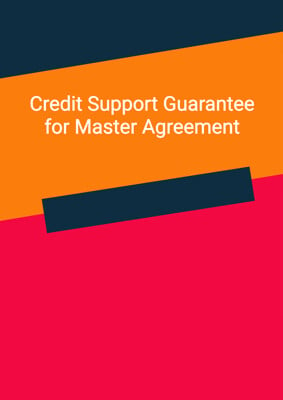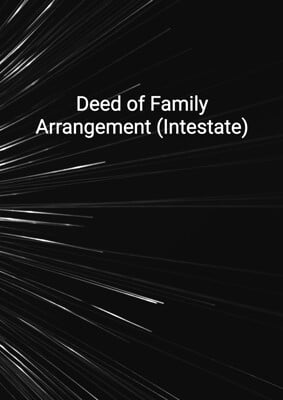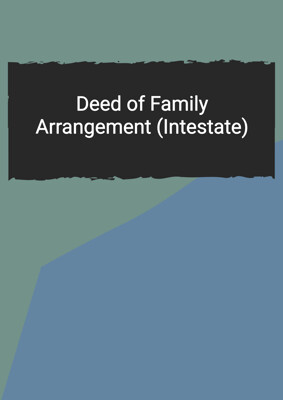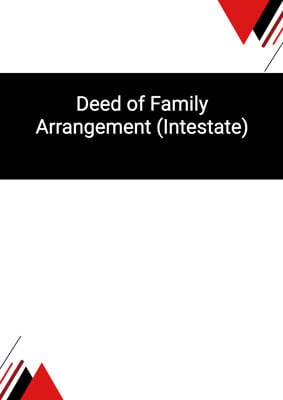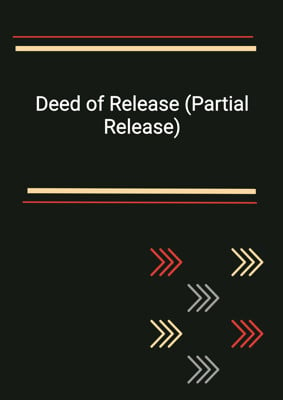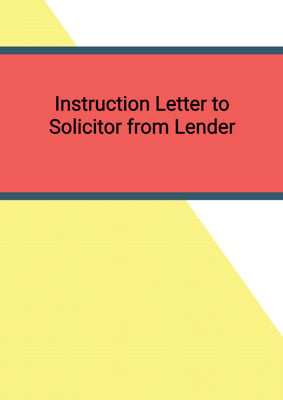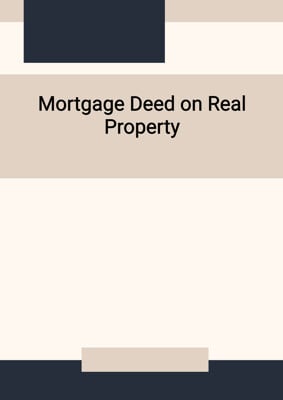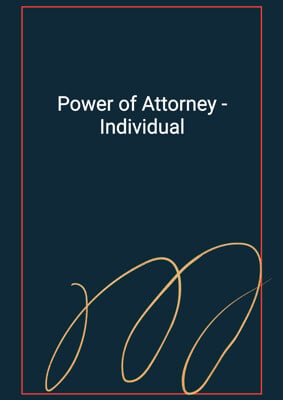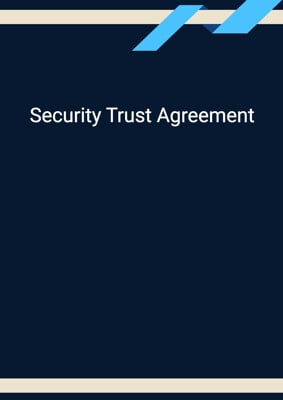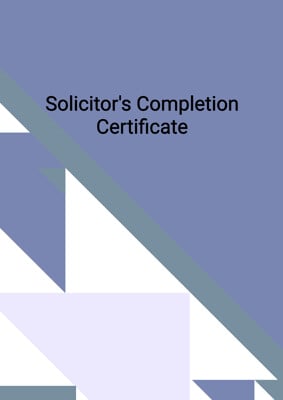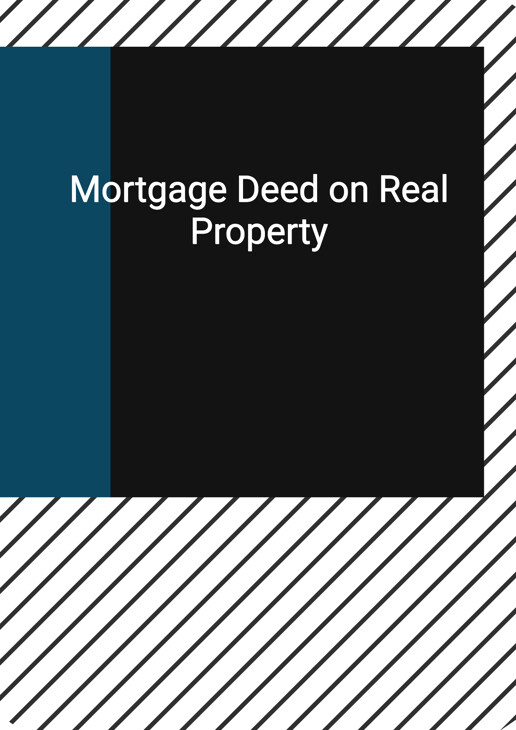
Mortgage Deed on Real Property
2 Parties
The Two-party Mortgage is a standard form of mortgage between the Mortgagor (i.e. the Borrower) and the Mortgagee (i.e. the Lender) in relation to a mortgage of real property provided as security by the Mortgagor for the loan facility provided by the Lender. The Two-party Mortgage consists of two parts: (a) the blank form Mortgage Deed and (b) the Mortgage Conditions.
How to Tailor the Document for Your Need?
01
Create Document
Fill in the details of the parties. You can click the "Fill with Member’s Information" button to complete it with information saved to your account.
02
Fill Information
Please fill in any additional information by following the step-by-step guide on the left hand side of the preview document and click the "Next" button.
03
Get Document
When you are done, click the "Get Document" button and you can download the document in Word or PDF format.
04
Review Document
The document should be signed by the authorised signatory (or directors of a company) and witnessed to complete the formality.
Document Preview
Document Description
The Mortgage Deed on Real Property is a legal document that establishes a mortgage agreement between the mortgagor and the lender. The document is made to secure the repayment of a loan or debt by the mortgagor. It is important because it provides a legal framework for the lender to enforce their rights in case of default by the mortgagor.
The entire document consists of several sections that outline the terms and conditions of the mortgage. The first section is the interpretation, which defines the key terms used throughout the document. It also includes definitions for specific terms related to the facility agreement, expenses, facility agreement, mortgage conditions, and property.
The second section describes the property charged under the mortgage. It provides a clear description of the property that is being used as collateral for the loan.
The third section outlines the terms and conditions of the mortgage. It states that the mortgage conditions in the schedule form part of the mortgage and confirms that the mortgagor has received and reviewed a copy of the mortgage conditions.
The fourth section includes the contact details of the parties involved in the mortgage. It specifies the addresses and emails of the mortgagor and the lender for the purpose of sending notices or demands.
The fifth section establishes the charge over the property. It states that the mortgagor charges and assigns all its interest in the property to the lender to secure the amount owing and the performance of the mortgagor's obligations under the mortgage.
The sixth section defines the default interest rate for any unpaid part of the amount owing. It specifies the interest rates for the mortgage loan granted by the lender and other money secured under the mortgage.
The seventh section outlines the costs for the production of certified copies. It states that when the mortgagor sells the property, they must obtain certified true copies of all assignment and transfer documents executed by the lender or its assignee(s) and transferee(s) to prove good title.
The eighth section clarifies that no rights under contracts for third parties are granted. It states that a person who is not a party to the mortgage deed has no right to enforce any of its terms.
The ninth section establishes the governing law and jurisdiction. It states that any legal action in connection with the mortgage must be taken in jurisdiction state. However, the lender retains the right to bring proceedings in any other court that has jurisdiction.
The tenth section includes a declaration by the mortgagor, confirming that they have reviewed and understood the terms and conditions of the mortgage and that separate independent legal advice should be obtained before entering into the mortgage.
The eleventh section includes the signatures of the parties involved in the mortgage, confirming that the deed has been executed as a deed and delivered on the specified date.
The twelfth section is the schedule, which contains the mortgage conditions. It provides further details and interpretations of the terms used in the mortgage.
Overall, the Mortgage Deed on Real Property is a comprehensive legal document that establishes the rights and obligations of the mortgagor and the lender in relation to the mortgage.
How to use this document?
To use the Mortgage Deed on Real Property, follow these steps:
1. Review the document: Read the entire document carefully to understand the terms and conditions of the mortgage.
2. Gather information: Collect all the necessary information, including the names and addresses of the parties involved, the property description, and any relevant agreements or documents.
3. Fill in the details: Enter the required information in the appropriate sections of the document, such as the names and addresses of the mortgagor and the lender, the property description, and any specific terms or conditions.
4. Seek legal advice: Before signing the document, it is advisable to seek independent legal advice to ensure that you fully understand the implications and consequences of the mortgage.
5. Execute the document: Once all the necessary information has been filled in and reviewed, sign and date the document in the presence of witnesses.
6. Keep a copy: Make sure to keep a copy of the executed document for your records.
Note: This guidance is provided for informational purposes only and does not constitute legal advice. It is recommended to consult with a qualified legal professional for specific guidance tailored to your individual circumstances.
Not the right document?
Don’t worry, we have thousands of documents for you to choose from:


